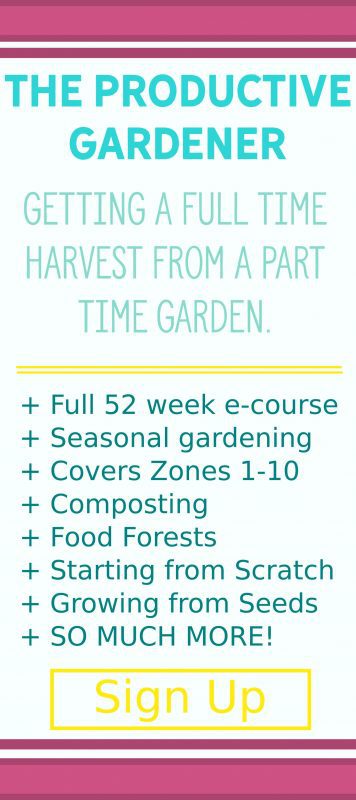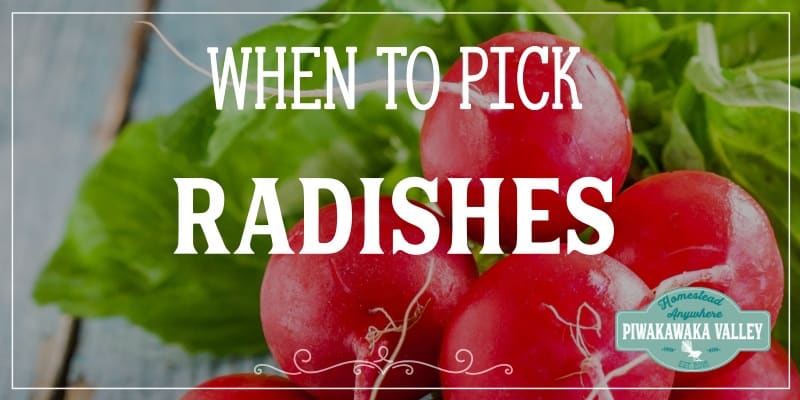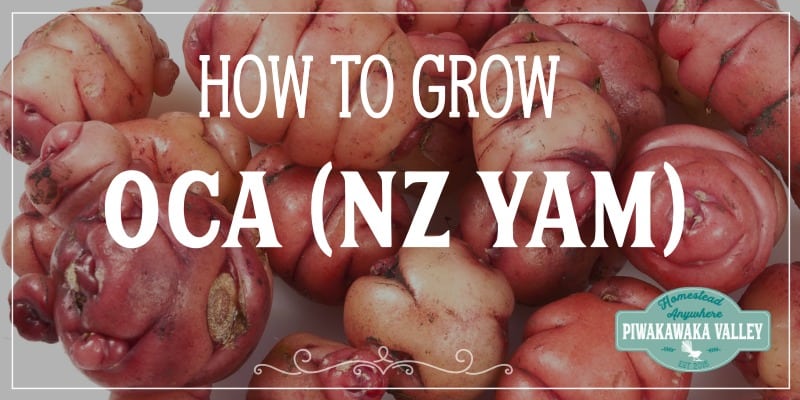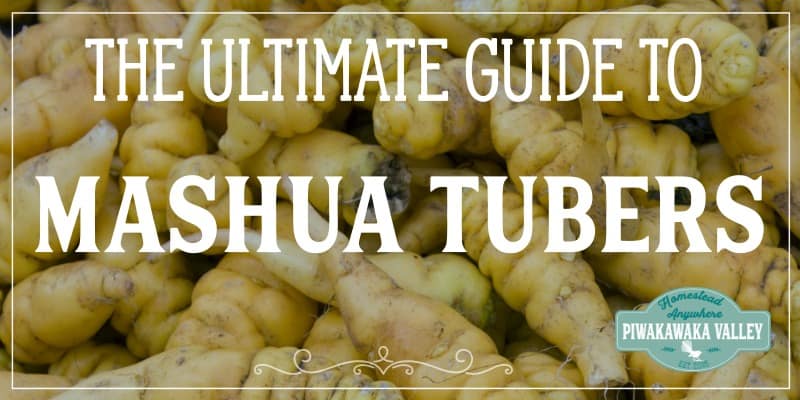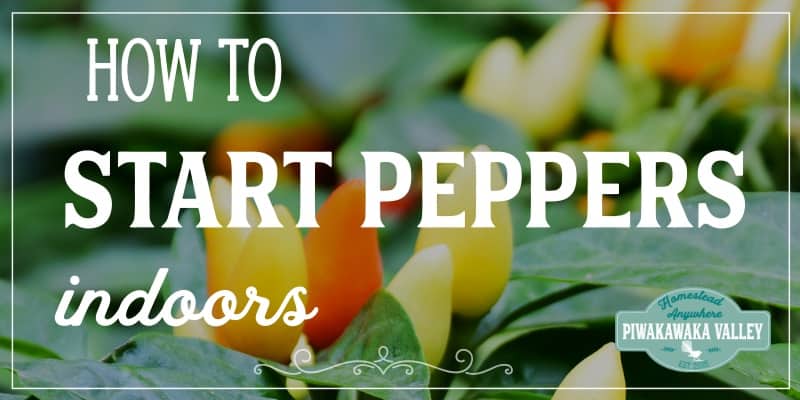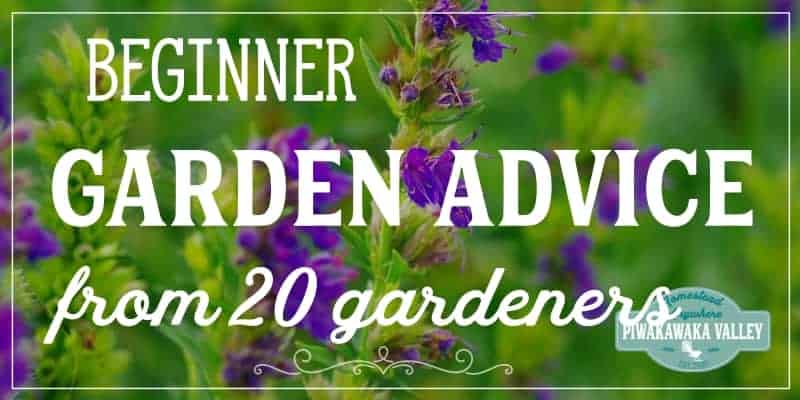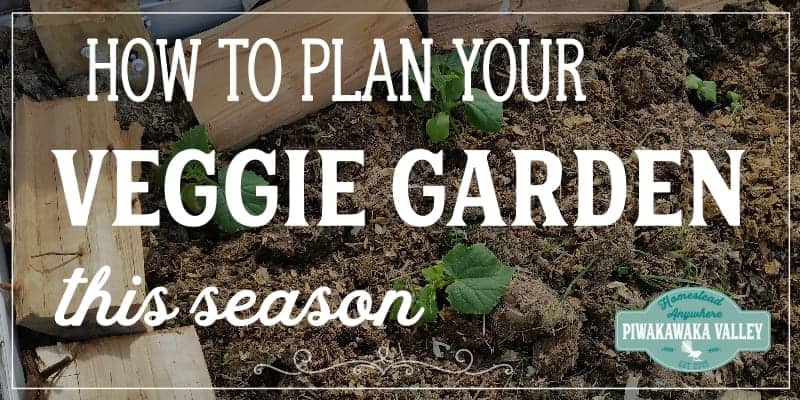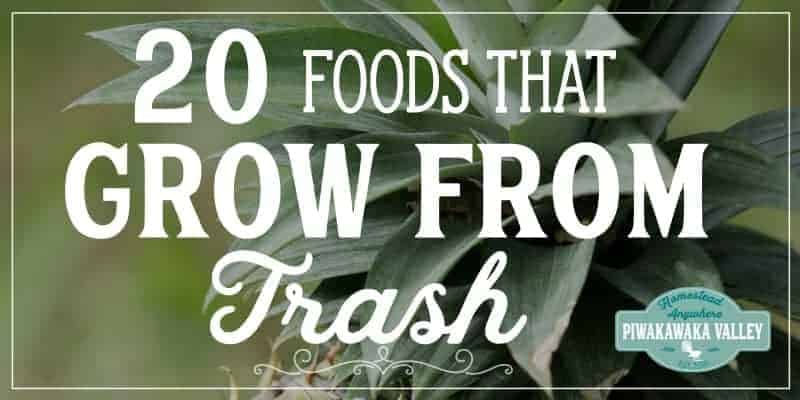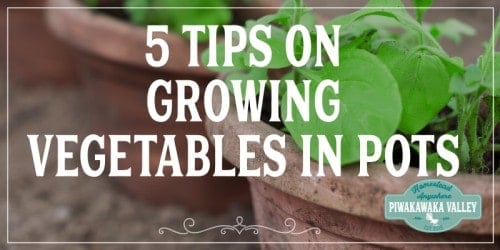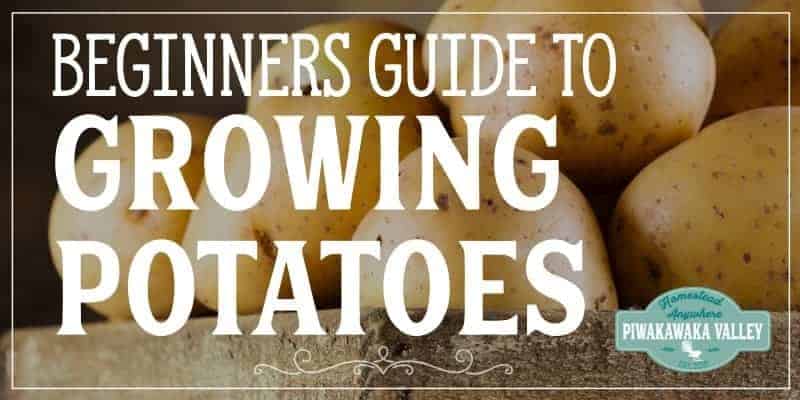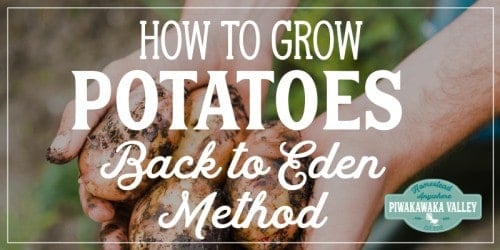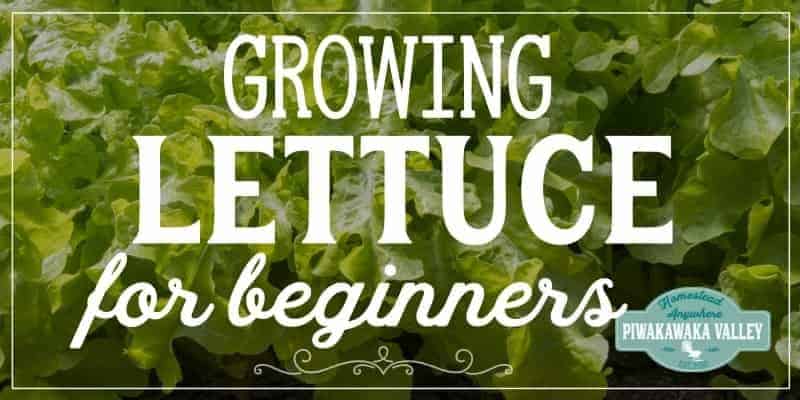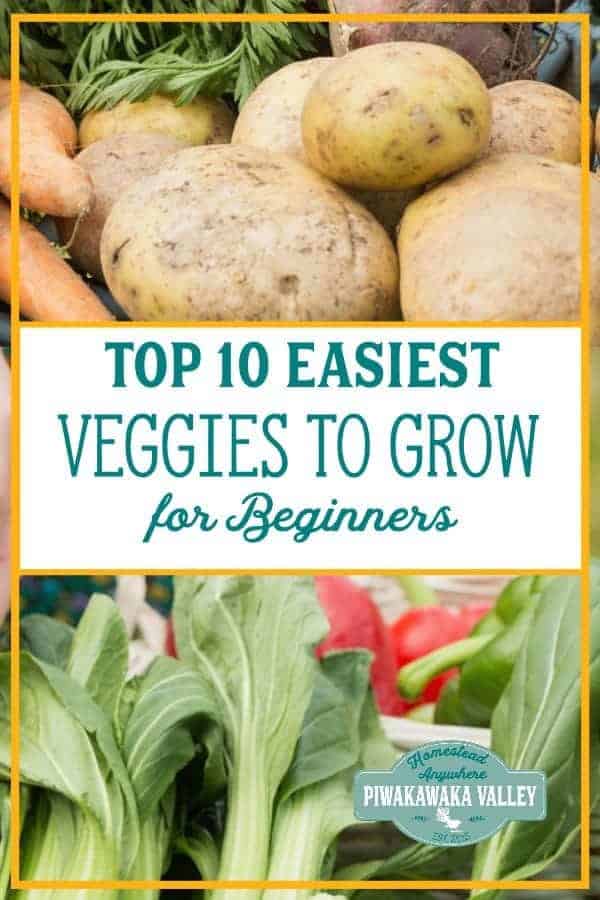This post was most recently updated on May 2nd, 2020
When I first started gardening, what I wanted to know is what are the easiest vegetables to grow for beginners. It turns out there are some vegetables that are much easier to grow than others.
Please read: This information is provided for educational purposes only and is not intended to treat, diagnose or prevent any disease. We encourage you to make your own health care decisions in partnership with a qualified health care professional.
This post contains affiliate links, this means at no extra cost to you, we make a commission from sales. Please read our Disclosure Statement
Some vegetables are easy for beginners to start with and many don’t have any special requirements. Here I have listed my 10 favorite easy to grow veggies for you to start your garden this season.
The Top 10 Easiest Vegetables to Grow for Beginners
1 Potatoes
Potatoes are one of the absolute easiest crops to grow. They are a wonderful staple ingredient in most western diets and there is nothing quite like fresh new potatoes that you grew yourself!
Sow
Sow sprouted seed potatoes (you can get these from a garden store) in very early Spring.
How to grow
Place them about 6 inches under the soil and cover them with dirt. Once the tops are about 6 inches high, mound dirt up so just the very top of the plant is peeking out. Repeat this at least once more. This will increase your harvest.
RELATED POST: Growing Potatoes for Beginners – how to grow spuds in a container
Harvest
After the plant has flowered you can start rummaging for your new potatoes. If you want to store them, wait until the tops have started to die off.
2 Lettuce
Lettuce is one of those plants that you can grow even if you don’t have a garden! You can grow it in a container on your windowsill most of the year. Choose a loose leaf variety, sometimes called a ‘cut and come again’ type.
Sow
Sow your seeds in fine soil in early Spring. If you are still getting frosts, sow them in seed trays inside ready to plant out about 6 weeks later. Keep sowing new small batches all growing season, about once every 4-6 weeks, this will ensure you get a rolling harvest.
How to grow
Lettuce needs water to stop from being bitter. If you are prone to drought, apply a thick mulch around your plants after a good water or rainfall. Lettuce likes compost, but it will almost grow anywhere.
Harvest
With the cut and come again/loose leaf varieties, simply chop the tops off with scissors or a knife, leaving about 1 inch of the crown behind for it to regrow.
If you are growing head lettuce, wait until the head is about 4 inches across then cut if off of the stalk, and pull the stalk out of the ground, it will not regrow.
3 Cabbage
Cabbage is one of the easiest vegetables to grow for beginners because it needs very little care.
Sow
Sow outside after the last frost, or inside in seed trays about 6 weeks before the last frost.
How to grow
Grow cabbage in free draining but not dry soil. Place the plants about 1 foot apart to allow room to grow. Mulch them well and if you are troubled with cabbage butterflies, place a hoop net over them to keep them from laying their eggs. To avoid this, grow the cabbages in the cooler months, and avoid having them growing in mid Summer.
Harvest
Harvest every second head when it is about 5 inches across, this allows more room for the others to grow and staggers your harvest time. I always overestimate how much cabbage we will need! I tend to make the spares in to sauerkraut.
4 Carrots
Carrots are another vegetable garden staple that is easy to grow, they need very little attention and can be stored to last year-round.
Sow
Sow carrot seed direct in the ground where you want the carrots to grow about 3 weeks after the last frost. You can do a second sowing in 8 weeks time.
How to grow
Carrots like loose soil that doesn’t have too much manure or compost in it. Sow the seeds, lightly rake the soil then keep damp by watering 1-2 times a day until they germinate, this can take up to 3 weeks!
Once the carrots are established, try and pull out the weeds as best you can. You will have to thin the carrots once or twice, to allow space for them to grow nice and big. Use the thinnings in salads.
Harvest
Harvest the carrots as you need them all Summer long. Simply pull them out of the ground and wash off the soil.
5 Spinach
Spinach is a staple vegetable in our house. Perfect for salads, quiches and cooked dishes. You can grow spinach and harvest the baby leaves several times over before it goes to seed.
Sow
Sow seeds direct in the ground in early Spring, repeating every 4 weeks all growing season.
How to grow
Keep the seeds moist, once the plants are established water 2x per week.
Harvest
Once the leaves are about 1 inch across, cut with scissors or a knife, leaving the crown of the plant to regenerate. You can do this 2-4 times over.
6 Radishes
Radishes are so easy to grow, my children love to grow them! A delicious crunchy addition to any Summer salad.
Sow
Sow seeds in early spring, and then every 4-6 weeks all summer long.
How to grow
Radishes are often sown in the same row as carrots. This 1) helps mark the rows and 2) helps space the carrots out better. Radishes grow and mature much faster than carrots, so they are out of the way before the carrots need the space.
Harvest
After 4 weeks of growing, radishes are ready to harvest. Simply pull from the ground and wipe off the dirt.
7 Peas
Peas are a favorite in our house! Nothing like fresh peas in the pod!
Sow
Sow pea seeds 4 inches apart in rows in early Spring. Do a second sowing 4 weeks later. Some climates allow a third sowing in Fall before Winter.
How to grow
Give the peas a chicken wire frame to climb up and don’t let them dry out.
Harvest
Pods are ready when they are nice and plump. Keep harvesting the ripe pods and the plant will make more flowers for a while.
8 Spring onions
Also known as green onions or scallions, spring onions make a great addition to the beginners garden. Perfect in salads and stir frys.
Sow
Sow seeds in seed trays 4 weeks before the last frost. Then direct sow some in the garden in 4-6 weeks time.
How to grow
Grow in pots or in the ground. You can leave one or two to flower and they will self-seed in your garden.
Harvest
Harvest after 8-12 weeks. Use fresh or store in the fridge for up to 10 days.
9 Beetroot
Beets are a classic. Beetroot can be roasted, eaten raw or pickled. The tops can be cooked in the same way as spinach.
Sow
Sow seeds in seed trays in early Spring, or sow direct in the ground 4 weeks after the last frost.
How to grow
Once the seedlings are up, thin them to 2-3 inches apart to leave room for growing.
Harvest
Once the beetroot is a ball about 1-2 inches in diameter, you can harvest them. This takes 8-12 weeks from seedling stage.
10 Garlic
Who doesn’t love garlic? For a vegetable that is so easy to grow, it surprises me how expensive it is!
Sow
Pull apart a bulb of garlic in to its little cloves. Sow the cloved 4 inches apart in rich soil in late Fall or early Spring.
How to grow
Mulch well and keep the weeds down.
Harvest
In late summer as the tops start to brown off, pull the garlic out of the ground and allow it to dry in the sun for a day or two before storing for use.
Read here for more on growing garlic
If you would like help getting the most out of your garden, I would love to help you, find out more here
RELATED: Free Gardening Resources
If you like tips on frugal living, self sufficiency and consuming less, sign up to our newsletter below, I would LOVE to have you
For further reading, I also recommend all of these books. I own every one of them and they are amazing resources!


